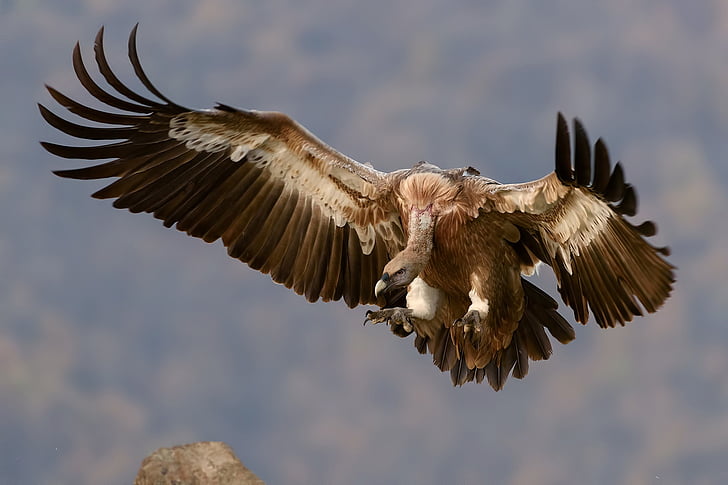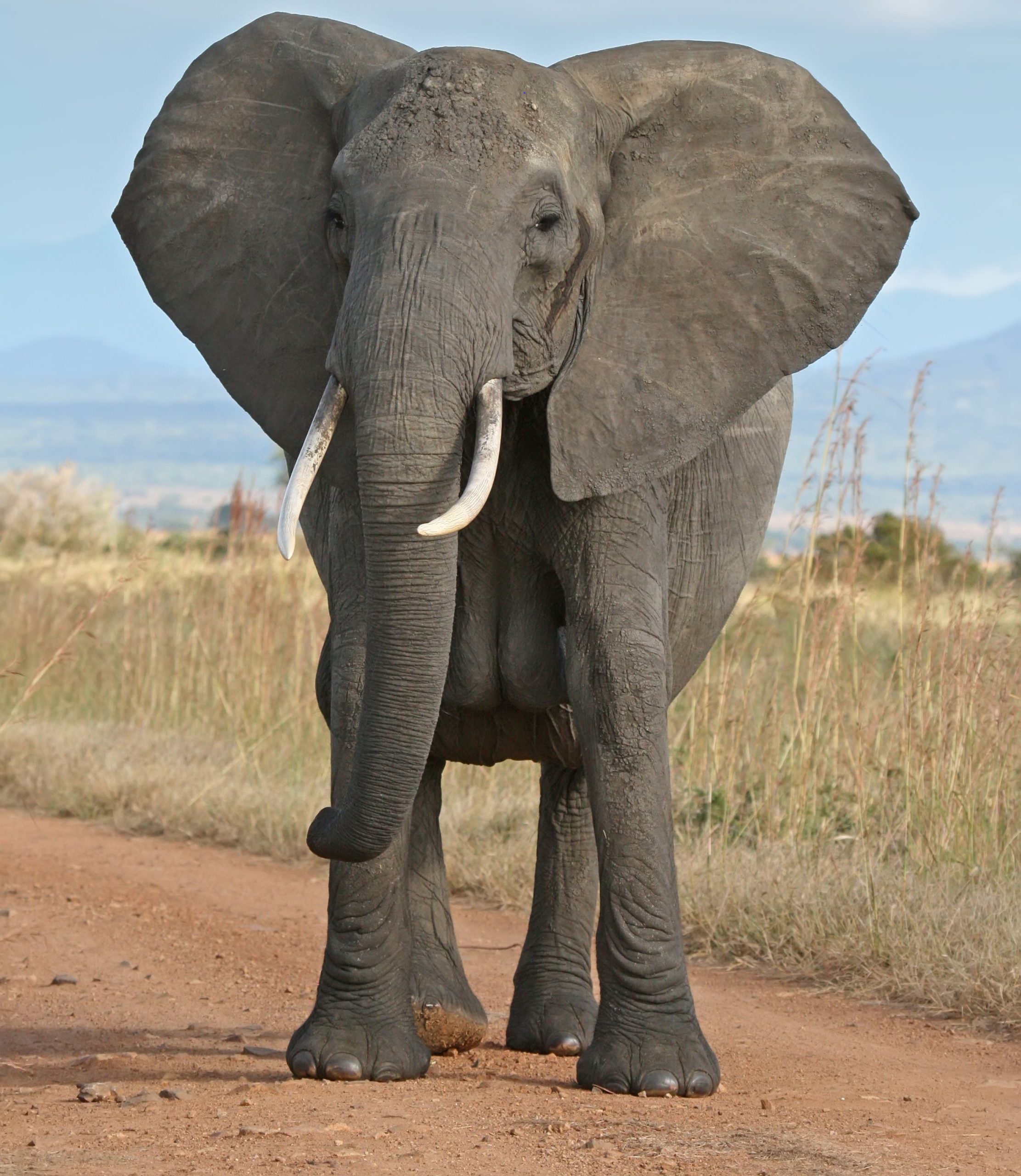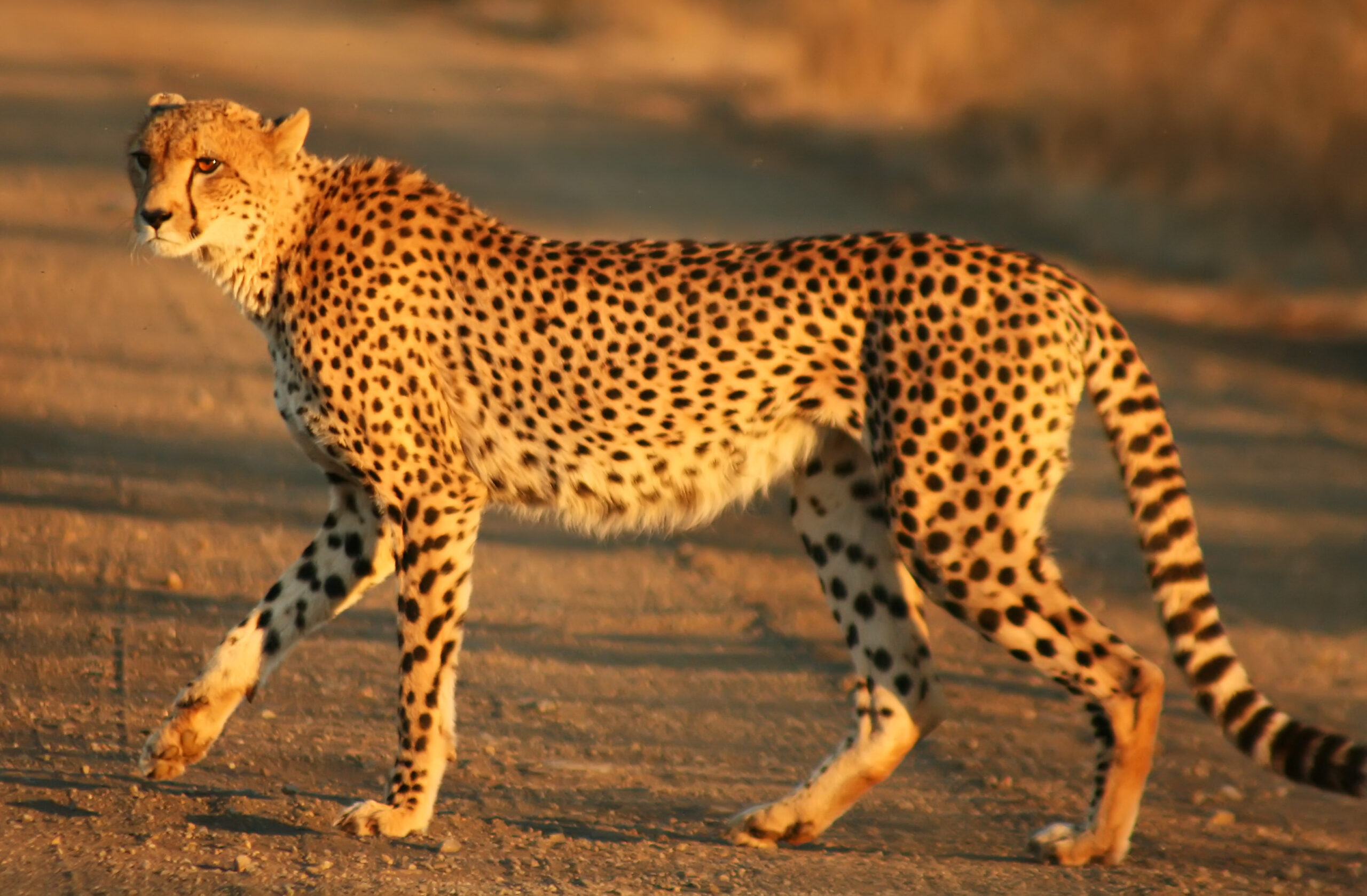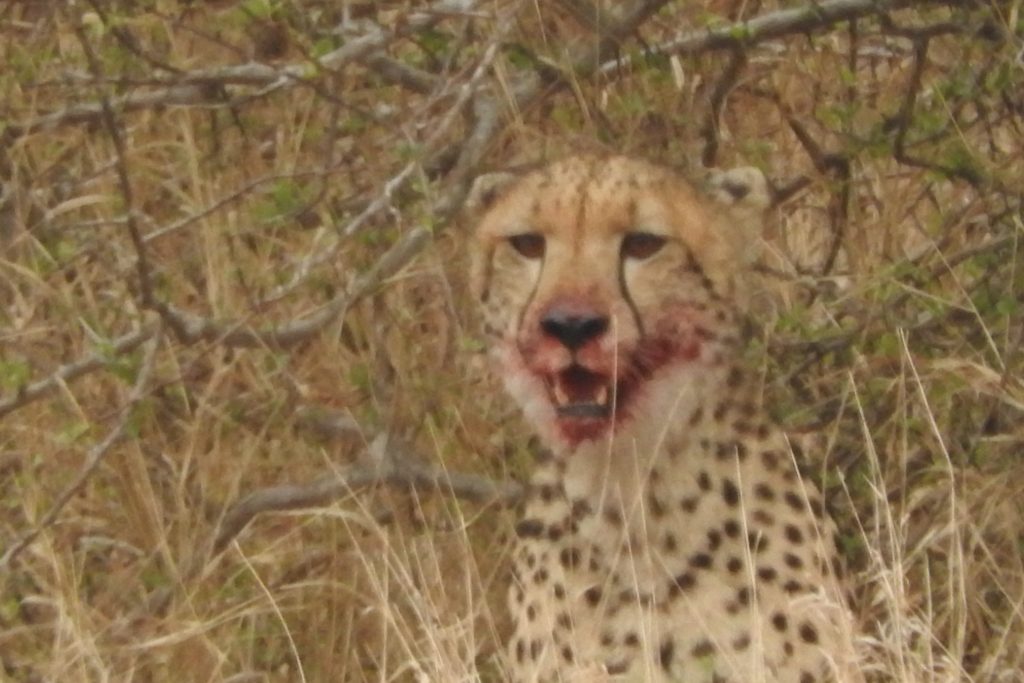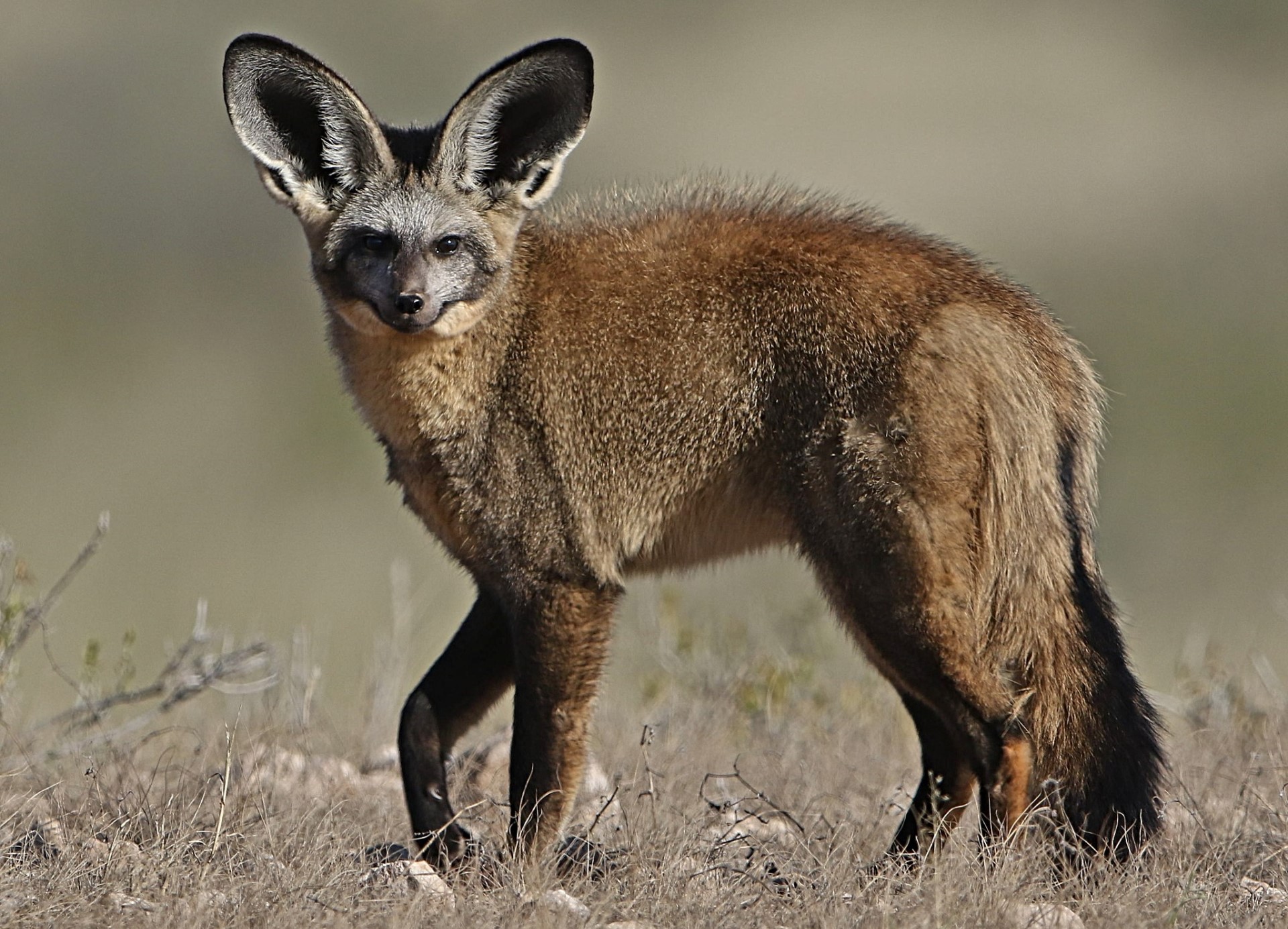
Bat-eared fox
The bat-eared fox, like many so called species of fox is not a true fox, but actually comes from the Genus Otocyon. Recent work genetic work has allowed them to be placed (with reasonable confidence) as sister clade to Nyctereutes (racoon dogs) and Vulpes – the true foxes.
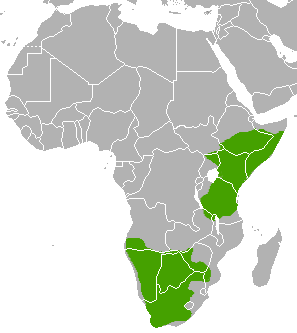
There are two subspecies, one which exists in Southern Africa, and the other which inhabits east Africa, however these are not different enough to be separate species. As you can see from the map, these two populations are not split by a huge distance and it is quite possible that at one time they were one super population.
They are found in the Kruger, though only seemed to arrive in recent times.
Below is a video of this species. Below that is a list of any blog posts which mention this species.
Beneath both of this, we are eager to list any places where you can see this species in the wild. Should you run somewhere, where this species is found, get in touch, we are eager to help people to find you. Click on “list your wild place” it is quick and simple to add your destination, should anyone wish to then visit you, there is a simple form which allows them to book your destination through the website (we work on commission so there is no risk to being listed).
The bat-eared fox is in a safe position, being listed as IUCN as least concern.
In Africa the big 5 is famous, what is the UK’s equivalent
- Tim
- August 31, 2020
Apart from b the big 5 and ecotourism big 7 there are a whole host of 5s that have been invented-some are relatively easy, others almost impossible
Big 5: lion...

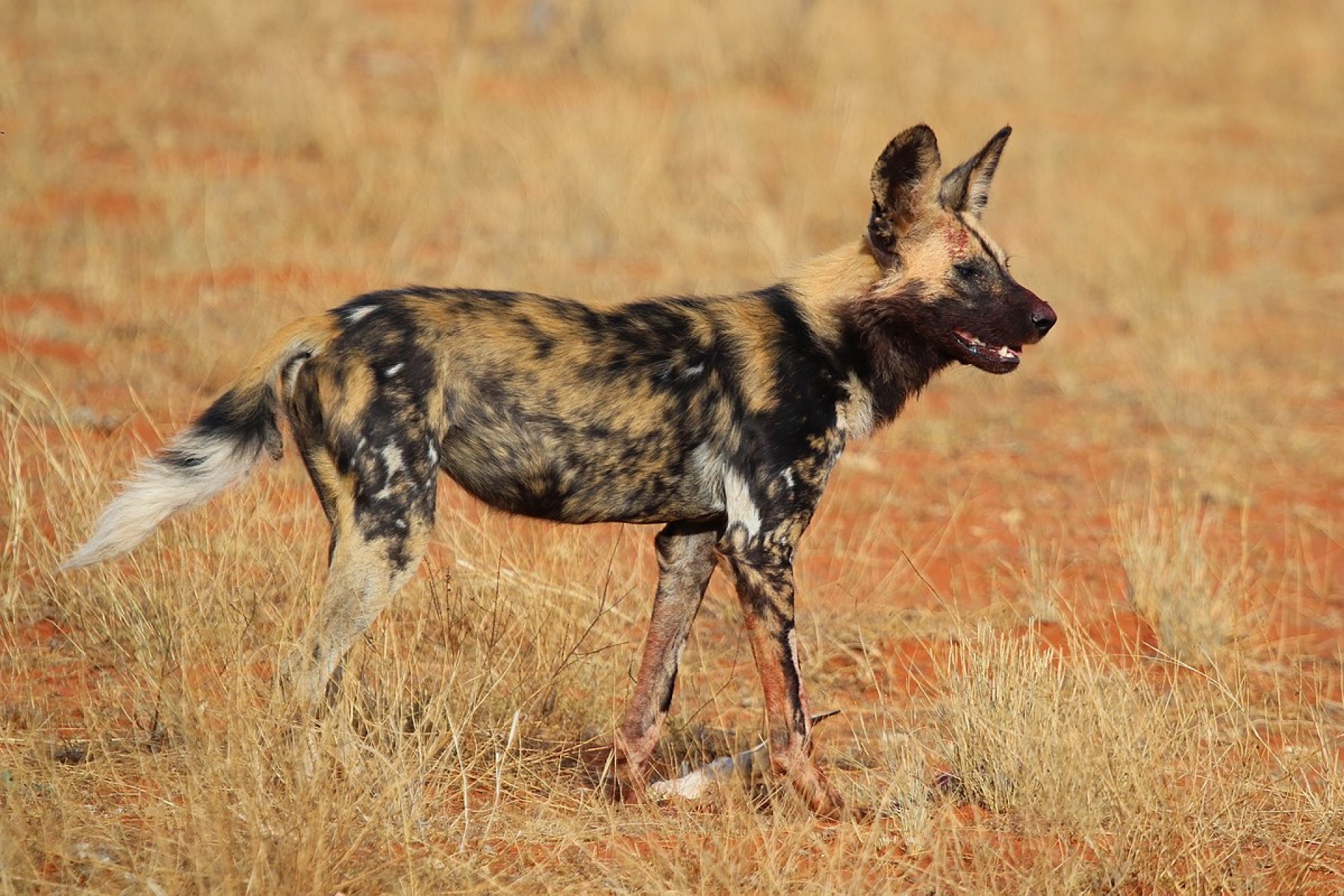
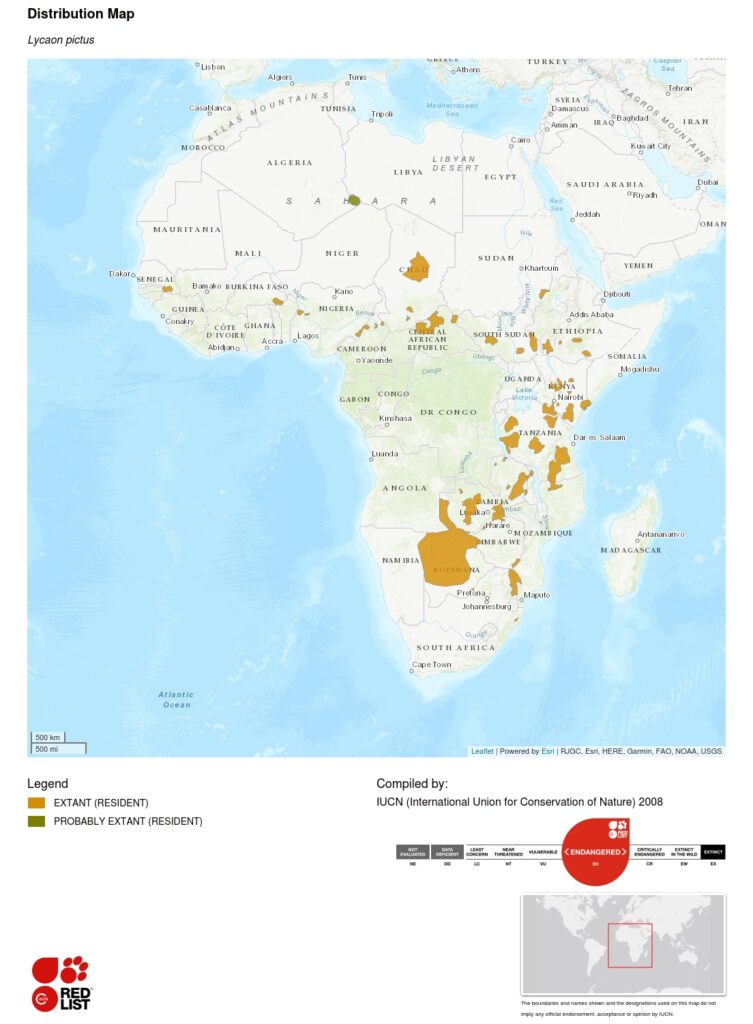
 Image source
Image source 